Leadership That Empowers

In any thriving organisation, leadership is more than management—it’s influence, example, and responsibility. Just as a binding financial agreement provides structure and clarity in complex arrangements, strong leadership offers reliable guidance in dynamic workplace environments. A positive work environment doesn’t happen by accident; it is cultivated through deliberate effort and values-driven behaviour. For many modern leaders, leadership training courses provide the tools needed to lead with purpose, empathy, and impact.
Empowering leadership begins with self-awareness. Before leaders can influence others, they must understand their own strengths, communication styles, and growth areas. This foundation helps prevent reactive or ego-driven decisions and encourages more conscious leadership—where people feel heard, supported, and challenged in healthy ways.

One of the core traits of empowering leaders is trust in others. Delegation is not just about task assignment—it’s a vote of confidence. When team members are entrusted with responsibility and autonomy, they’re more likely to take ownership of their work, grow their skills, and develop solutions that exceed expectations. Leaders who micromanage signal doubt. Leaders who empower show belief in potential.
Listening is another vital skill. True empowerment happens when leaders don’t just give direction—they create dialogue. Regular check-ins, open forums, and feedback loops allow teams to express ideas, raise concerns, and help shape the work they do. When people are consulted and included in decision-making, their engagement deepens. They move from doing the job to driving the mission.
An empowering leader also knows how to set clear expectations. Vague direction leads to frustration and rework. Clear goals, shared metrics, and aligned priorities give teams structure and focus. When everyone understands what success looks like, they’re more likely to achieve it—and find meaning in the process.
However, clarity doesn’t mean rigidity. Empowering leaders create space for flexibility, creativity, and personal work styles. They recognise that there’s often more than one way to reach a goal, and that people thrive when given freedom to bring their own strengths to the table. Flexibility also fosters innovation—teams that feel safe to try, fail, and adapt are the ones who find new paths forward.
Support is a non-negotiable in empowering leadership. Teams need to know their leaders have their backs—especially when challenges arise. Whether it’s advocating for resources, offering encouragement during tight deadlines, or addressing conflict early, leaders set the tone for how adversity is handled. Consistent, calm leadership breeds resilience across the board.
Empowerment also means development. Leaders committed to growth create systems that enable learning at every level. This might involve mentorship programs, upskilling opportunities, or cross-functional project exposure. When people are challenged appropriately and supported in their development, they’re more likely to stay, perform, and lead others in turn.
Recognition is another pillar. While compensation matters, many employees are equally driven by appreciation. Acknowledging contributions—both publicly and privately—builds loyalty, morale, and motivation. Empowering leaders take the time to notice effort, celebrate progress, and affirm value.
Culture also plays a vital role in how empowerment takes root. An organisation that rewards initiative, respects diversity, and encourages vulnerability will naturally attract and retain empowered individuals. Leaders must act as stewards of that culture, modelling behaviours they wish to see and correcting ones that undermine trust or inclusion.
Empowerment requires boundaries too. Not every idea will be adopted. Not every moment will be democratic. But even when hard decisions are made, the way they are communicated makes a difference. Transparency and rationale help team members understand the “why” behind leadership choices. When people are respected—even in disagreement—they’re more likely to stay engaged.
One of the greatest challenges in leadership is letting go of control. It can feel risky to step back and let others lead, especially in high-stakes environments. But empowerment doesn’t mean abdication—it means shifting from doing to enabling. Leaders who focus on building capability rather than showcasing authority create teams that are capable, confident, and cohesive.
Empowering leadership also extends beyond direct reports. It influences peer relationships, client interactions, and organisational reputation. A leader who empowers uplifts every touchpoint of the business—leading to better performance, greater adaptability, and a stronger overall brand.
It’s also worth recognising that empowerment is not a destination—it’s a daily practice. It requires reflection, humility, and adaptability. As teams grow, markets shift, and challenges arise, leaders must evolve alongside them. What worked yesterday might need to change tomorrow. The most empowering leaders stay open to learning and lead by example in navigating uncertainty.
In the digital and hybrid age, empowerment has taken on new meaning. Without shared physical spaces, teams must rely more on trust, communication, and clear outcomes. Micromanagement becomes even more problematic, and emotional intelligence becomes even more essential. Leaders must foster connection, maintain visibility, and adapt systems to ensure everyone feels included and empowered—even from afar.
All in all, leadership that empowers doesn’t just serve the team—it creates legacy. When leaders develop others, they multiply impact. They leave behind stronger teams, better systems, and a culture that can thrive beyond their own presence.














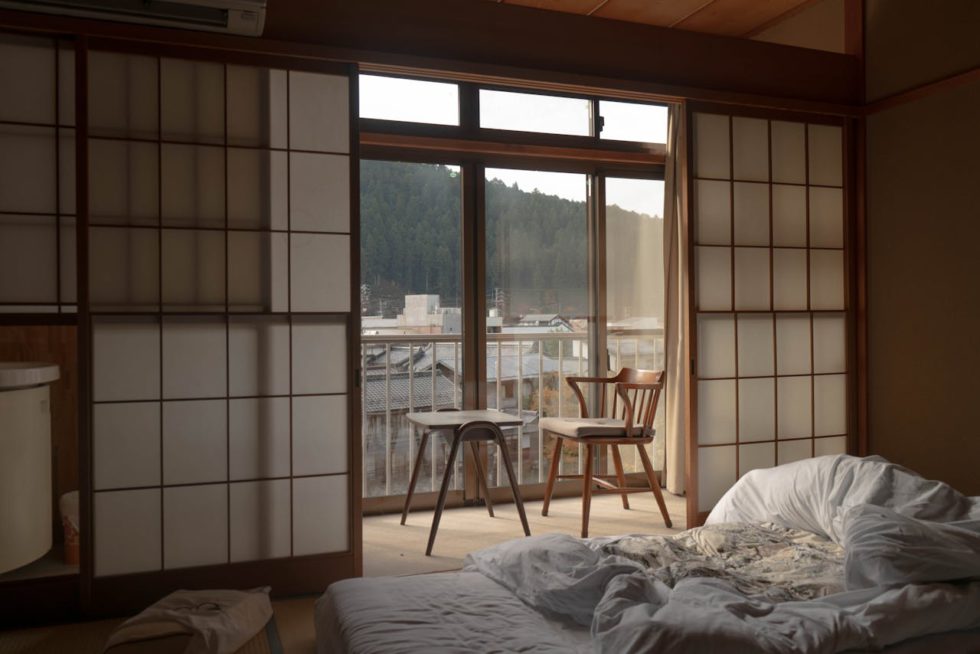







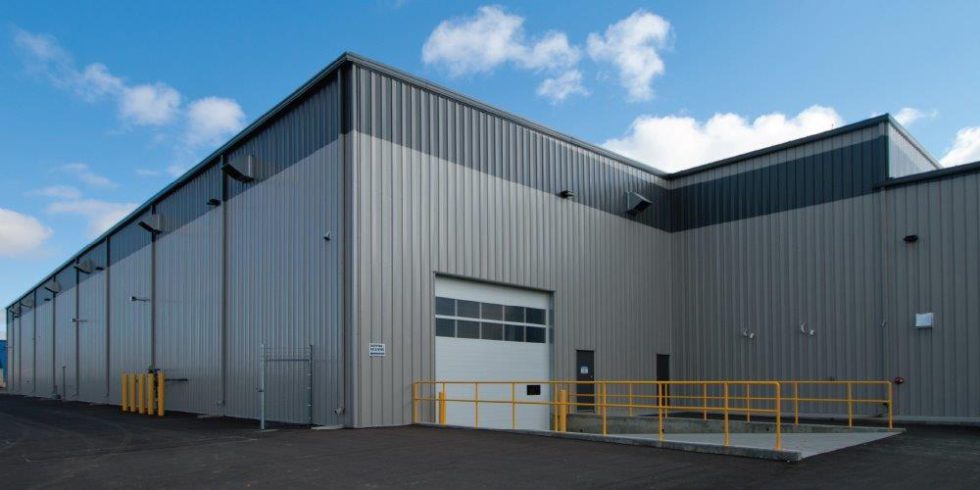






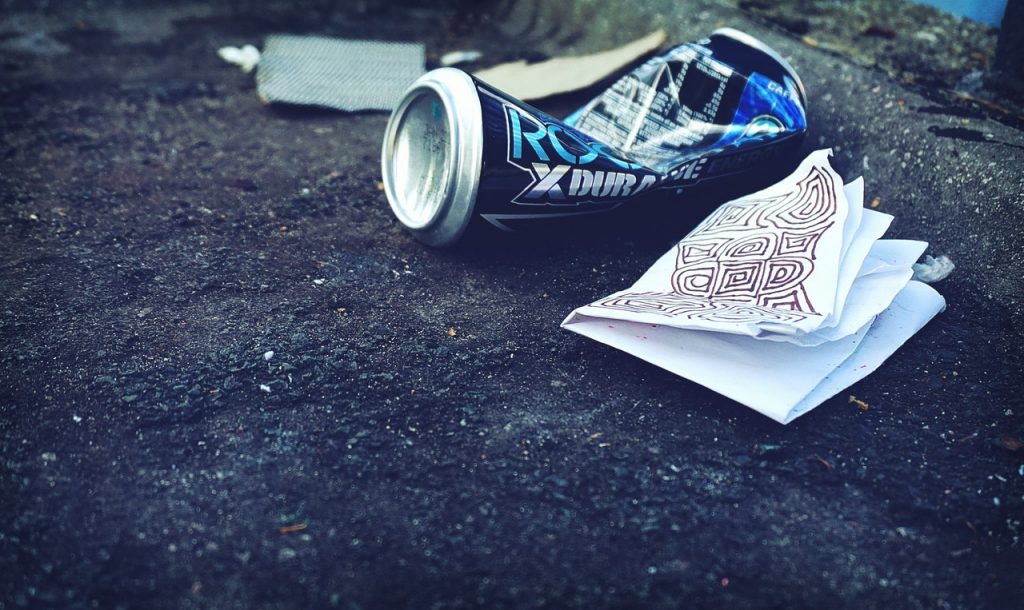
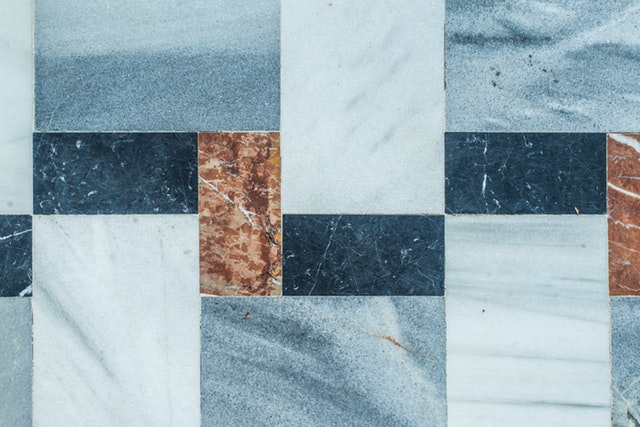
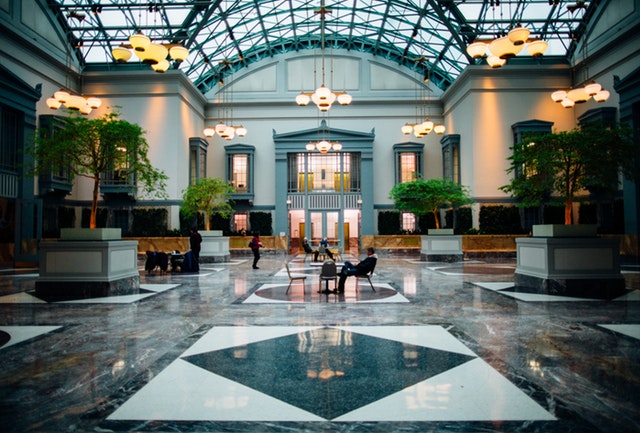


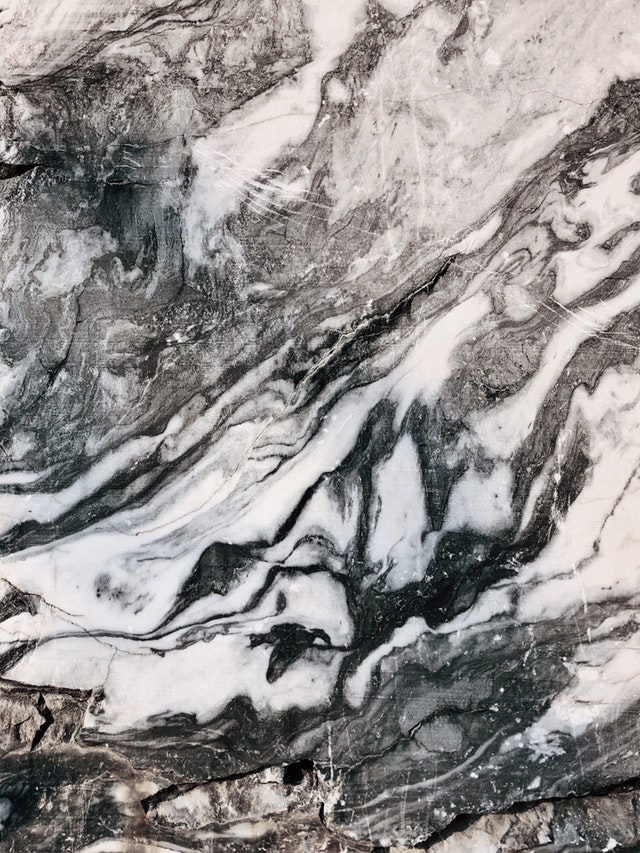
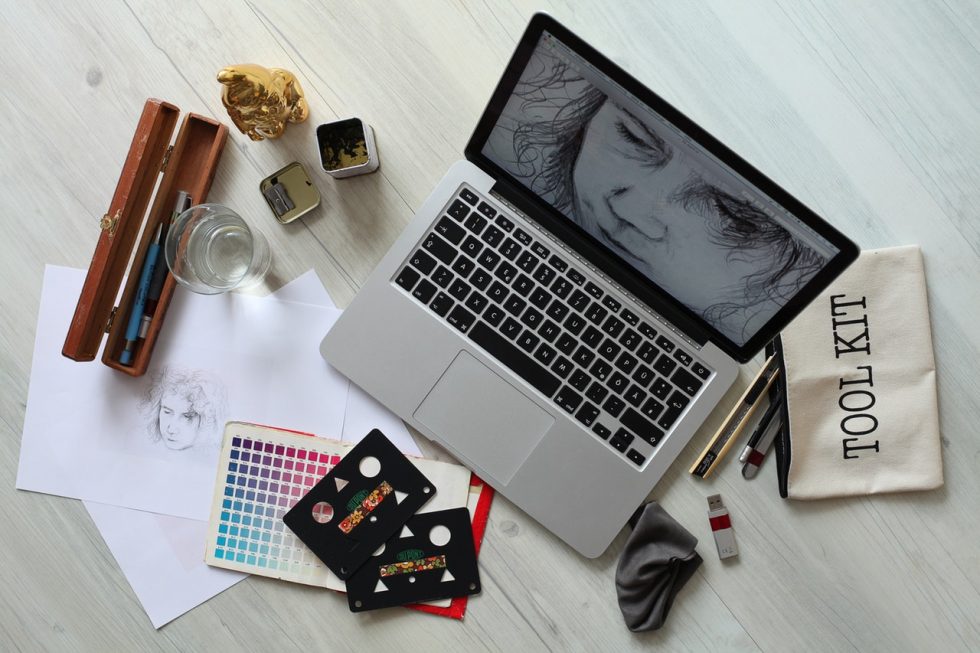




 and marketing. That means that you should be pointing people back to your site, and the site should help you reserve sessions or sell goods, that is the true importance of investment in a website.
and marketing. That means that you should be pointing people back to your site, and the site should help you reserve sessions or sell goods, that is the true importance of investment in a website.
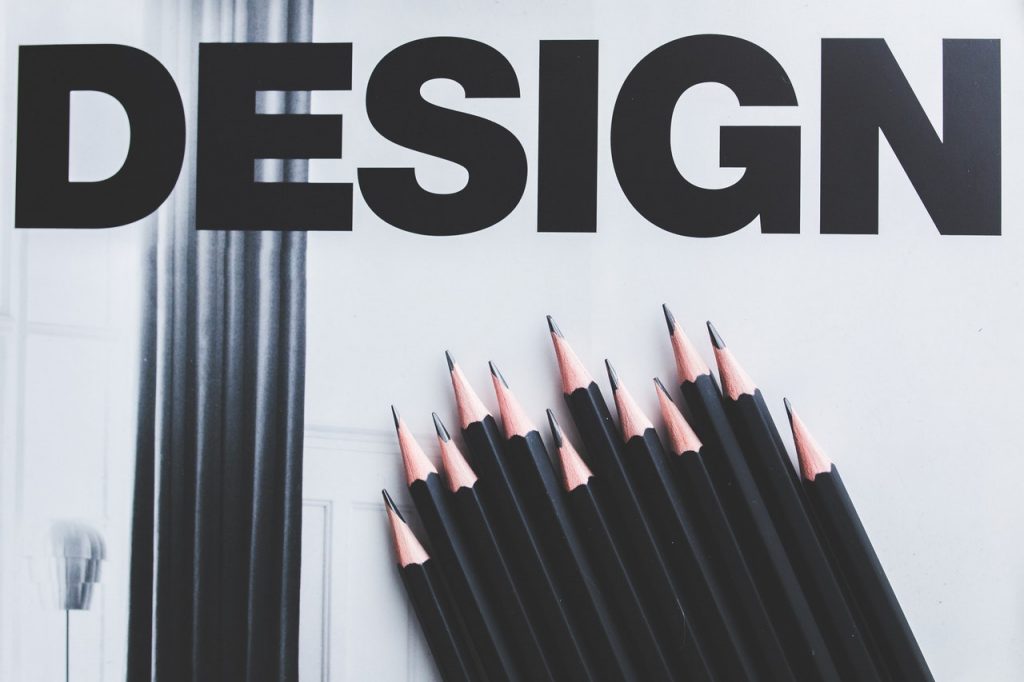 As stated previously, your prospective buyers may not recall your name or face. Although, one way to keep your face in their minds would be to put a photo of yourself on the front of your business card. The picture of you needs to represent exactly what you look like the majority of the time. For those who have a favorite hat or accessory, wear it in the image so you are easily recognizable.
As stated previously, your prospective buyers may not recall your name or face. Although, one way to keep your face in their minds would be to put a photo of yourself on the front of your business card. The picture of you needs to represent exactly what you look like the majority of the time. For those who have a favorite hat or accessory, wear it in the image so you are easily recognizable. This is the most recent design uniform change in a series of artistic improvements, which have caught many fans by surprise. So it bears repeating: simply because a league has a new uniform outfitter, that does not automatically mean that each and every team will get new uniform layouts. Some teams are perfectly pleased with the designs they already have. That seems to have been the case with roughly half of the NBA teams with this round of alternative artistic designs. So what about the other half? Listed below are one observer’s picks for the five best new layouts:
This is the most recent design uniform change in a series of artistic improvements, which have caught many fans by surprise. So it bears repeating: simply because a league has a new uniform outfitter, that does not automatically mean that each and every team will get new uniform layouts. Some teams are perfectly pleased with the designs they already have. That seems to have been the case with roughly half of the NBA teams with this round of alternative artistic designs. So what about the other half? Listed below are one observer’s picks for the five best new layouts: What is old is new
What is old is new Brass is everywhere
Brass is everywhere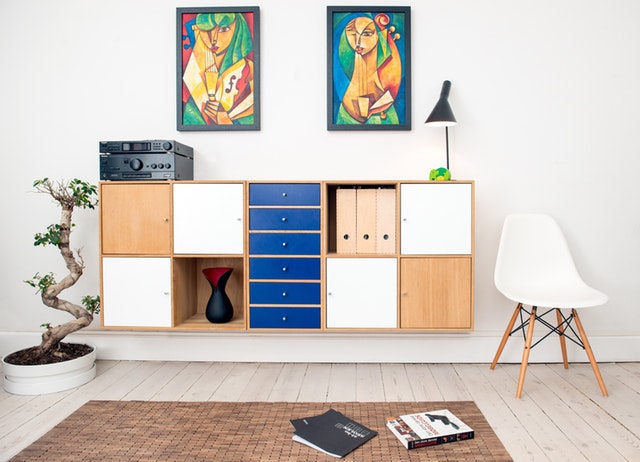 But… except relaxation people also love to travel and want change and dynamics — so it feels like the nomad soul had caught the imagination of the creative minds of the designers this season and we could see some examples of houses on wheels. This freedom and aspiration for flexibility are trends that will change irreversibly the furniture layout to coastal home interiors
But… except relaxation people also love to travel and want change and dynamics — so it feels like the nomad soul had caught the imagination of the creative minds of the designers this season and we could see some examples of houses on wheels. This freedom and aspiration for flexibility are trends that will change irreversibly the furniture layout to coastal home interiors
 Consider booking on a
Consider booking on a  House liquors can save 15% within the Expense of top-shelf Liquors
House liquors can save 15% within the Expense of top-shelf Liquors
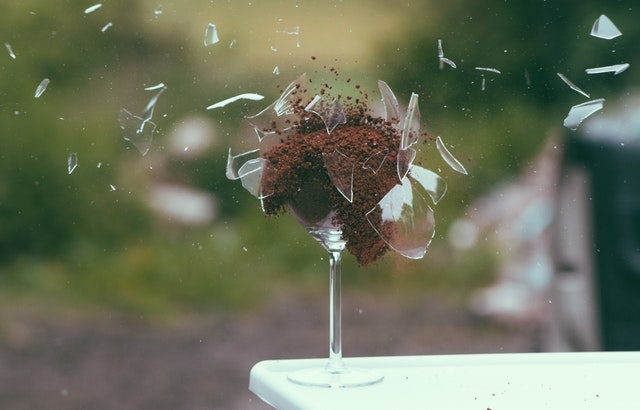

 Lisa Phillips, the director of the New Museum in Lower Manhattan, strolled into a coffee shop decorated in engineered timber frames on Broadway one late-winter afternoon attempting to take a couple of minutes for lunch – it was 4:30, nearly sundown. She had taken a look at her phone, and her eyes widened at a piece of news just then ricocheting around the art world, that Thomas P. Campbell, the director of the
Lisa Phillips, the director of the New Museum in Lower Manhattan, strolled into a coffee shop decorated in engineered timber frames on Broadway one late-winter afternoon attempting to take a couple of minutes for lunch – it was 4:30, nearly sundown. She had taken a look at her phone, and her eyes widened at a piece of news just then ricocheting around the art world, that Thomas P. Campbell, the director of the 
 The world has become a very small place indeed; consequently, voice over artists who can convincingly portray dialects are in hot demand. However, if you are on the path to being a dialect artist, you must continuously hone your skills.
The world has become a very small place indeed; consequently, voice over artists who can convincingly portray dialects are in hot demand. However, if you are on the path to being a dialect artist, you must continuously hone your skills.